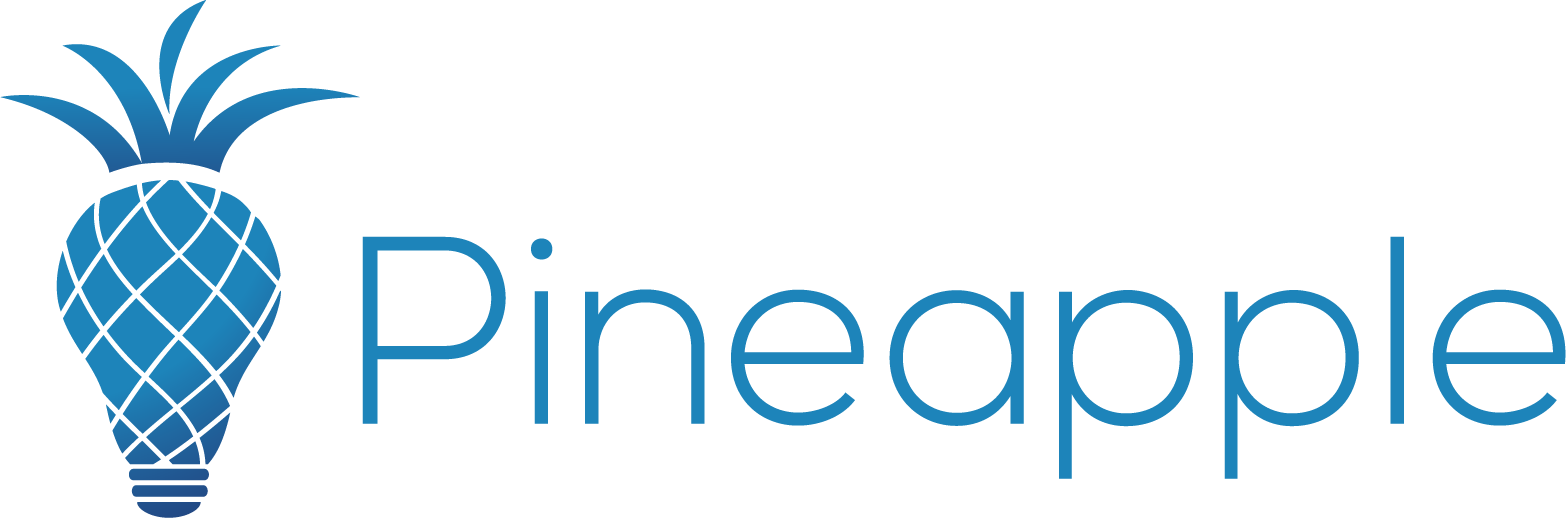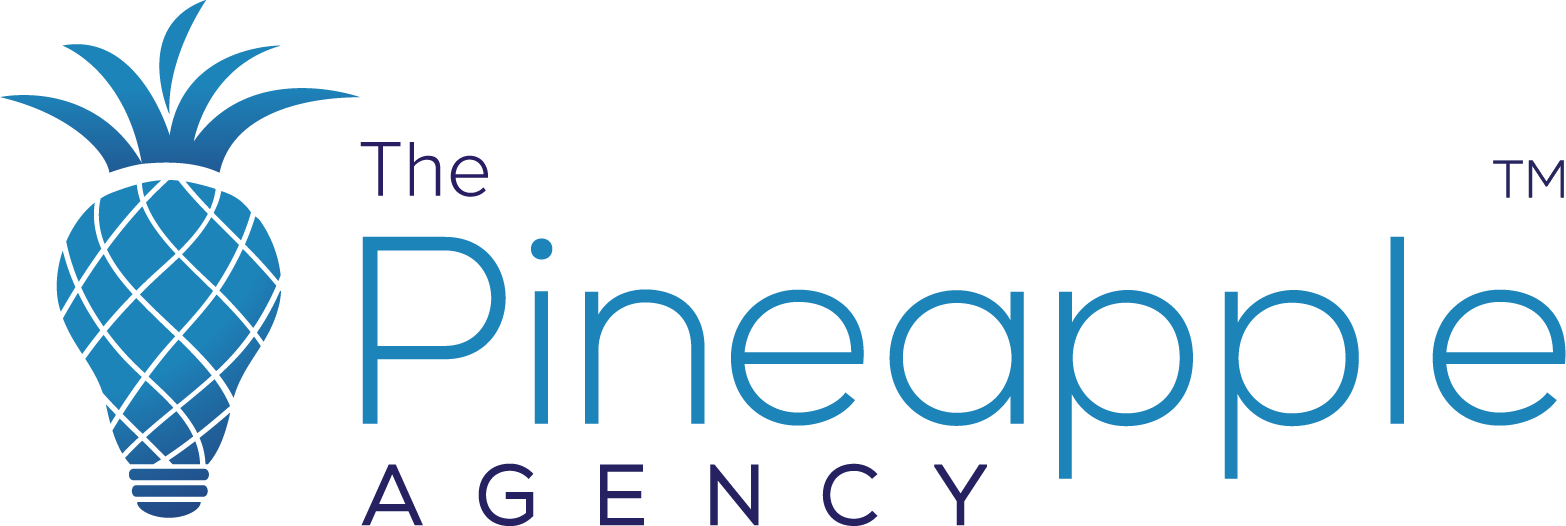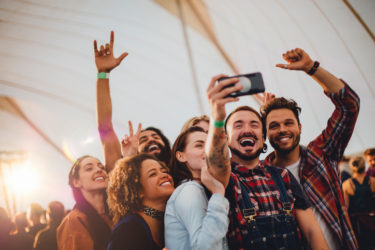2018 Trend Report: Ads are Out, Experience is In
The 2018 reports and forecasts are coming in, and the news is bad for advertising. Traditional advertising is flat or declining, with print taking a big hit and broadcast spending levels forecast to be about the same, year-over-year. The biggest loser is banner advertising, projected to drop a staggering 8.8%. The fact is, customers are avoiding advertising at an ever-increasing rate, with an ever-changing and expanding array of tools to block and avoid unwanted ads. CMOs are unwilling to continue their spend on ads that don’t get views, and to prioritize channels that don’t yield measurable results.
While all these reports may look like bad news for the advertising industry, the forecast isn’t entirely grim. The bright spot for the upcoming year is that experiential advertising continues to rise. In 2018, experiential marketing will become an ever-more-important feature of the advertising landscape, as 9 in 10 marketers recognize the importance of experiential marketing in driving brand engagement.
But experiential marketing is more than a short-term trend. As consumers have more and more choice and autonomy in when, where, and how to interact with brands, marketers must respond with content that is unique and compelling. Study after study shows that millennials value experiences over possessions, and reaching this coveted segment means being as mobile, creative, and innovative as they are. Even the projected increase in cinema ad spends, and Google’s focus on “near me” searches, reflects the fact that these consumers aren’t home on the couch in front of the TV; they are out and about, having new experiences, making new memories, and seeking the unexpected. Experiential marketing is a great way to both reach and engage them.
And experiential marketing isn’t just a way to target and reach the consumer, creating a unique experience that stays with them. Good brand experiences are also highly sharable, generating organic views for a influence and engagement that reaches far beyond the moment. A staggering 98% of consumers create digital and social content at events and experiences, giving brands a built-in opportunity for organic influencer marketing. Integrating social at every aspect of the experience appeals to consumers, who want to create and share content with their friends and followers, and user-generated content becomes brand content in turn. It’s a win-win.
Finally, positive brand experiences are shown to yield bottom-line results. When these experiences are fully integrated with mobile and social technologies, the result is real-time metrics that give brands the data they need to measure campaign effectiveness, as well as direct insight into specific consumer behavior. And it’s not just data that drives the success of experiential marketing. Studies show that it directly leads to sales, when 65% of consumers buying a product or service at an experiential marketing event, and 70% become regular customers. These kinds of real-time sales results and quantifiable data deliver so much more to marketing teams than vague metrics like ratings and views. A single compelling brand experience gives companies invaluable, ongoing insight into the effectiveness of all their marketing efforts.
2018 is the year of experiential marketing, but it’s not just a trend or a shift in spend for the year. It’s the dawn of a whole new way to engage with consumers, generate traffic, and grow sales. It’s the future of relationship based advertising.
Want to learn what experiential marketing can do for you?
Let’s chat.



